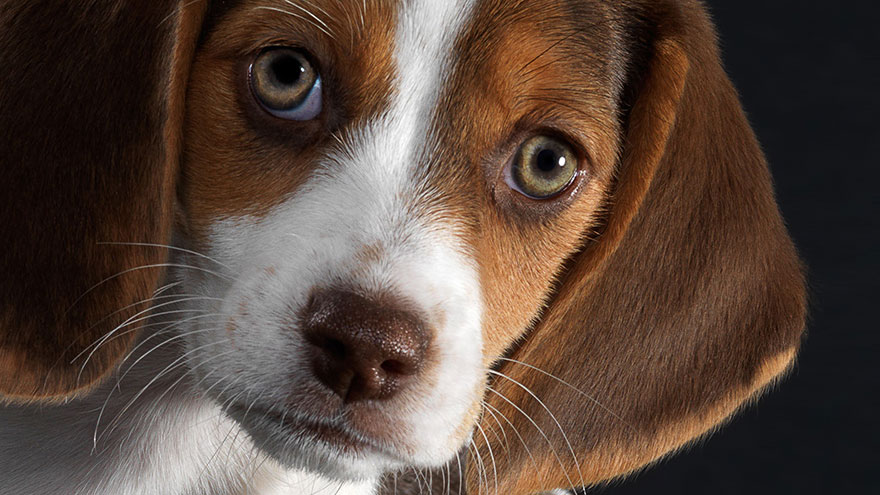Common Eye Problems With Dogs
Your dog’s eyes express excitement, surprise, sadness and concern—emotions easily discerned by you, his loving companion. When those eyes become diseased, not only is his sight compromised, but also your pet’s ability to communicate becomes impaired.
Educating yourself about the symptoms of your pet’s diagnosed disorder and necessary veterinary treatment allows you to provide the appropriate care to preserve his eyesight and control the disease.

Entropion in Dogs
Veterinarians recognize entropion as a condition where the eyelid rolls into the eye, causing the dog’s eyelashes to rub against the cornea. Because entropion can be painful, your dog may squint and exhibit excessive tearing. Surgical treatment is usually recommended; the vet will lift the eyelid and tack it into place removing excessive folds if necessary. Without treatment, excessive corneal scarring will result in blindness.
Cataracts in Dogs
As your dog ages, you may notice his eyes becoming cloudy and opaque. This condition, called cataracts, also results from trauma, diabetes mellitus or heredity. Although not painful to your dog, cataracts are a progressive disease that eventually leads to blindness. Veterinary ophthalmologists conduct cataract surgery on your dog much the same way it is performed on humans—high-frequency sound waves fragment the cataract into tiny pieces that are aspirated out of the eye.
RELATED :: Treatments for Cataracts in Dogs
Glaucoma in Dogs
Glaucoma results when the liquid pressure inside your dog’s eye orb becomes too high and fluid cannot flow out of the eye. Typical symptoms include a red and painful eye, squinting and tearing. As the disease progresses, you may notice the eye becoming enlarged and stretched with a dilated pupil.
Your veterinarian may recommend various treatments, including both oral and topical medications to relieve eye pressure. A progressive and incurable disease, advanced cases of glaucoma may need surgical removal of the eye, known as enucleation, to provide comfort for your dog.
Corneal Ulcers in Dogs
Caused by a scratch or tear on the clear part of the eye, which is the cornea, corneal ulcers usually heal without complications, say the ophthalmology specialists at Veterinary Specialists in Rochester, New York. Your dog may present with painful squinting, excessive tearing, ocular discharge and pawing at the affected eye. Topical antibiotics and analgesics will be recommended to prevent infection and pain.
Dry Eye in Dogs
Keratoconjunctivitis sicca, also known as dry eye, can transpire when your dog’s tear glands stop producing the moisture needed to keep the eye healthy. The affected eye appears covered in a thick, sticky discharge. The sclera, which is the white of the eye, looks red and inflamed, and your dog may squint and rub at the eye.
Damaged corneas occur without treatment, resulting in blindness. Because dry eye is progressive and incurable, veterinarians commonly recommend a daily treatment of cyclosporine gel—trade name Optimmune—to help in tear production.
Cherry Eye in Dogs
Prolapsed Third Eyelid Gland, or PTEG, also commonly called cherry eye, occurs when a ligament that holds the tear gland in place slips and allows the gland to pop out of the corner of your dog’s eye. Appearing as a red, round mass in the corner closest to the nose, cherry eye develops most frequently in the American cocker spaniel, the English bulldog, the mastiff, the beagle and the Lhasa apso. Treatment involves suturing the prolapsed gland in place.

